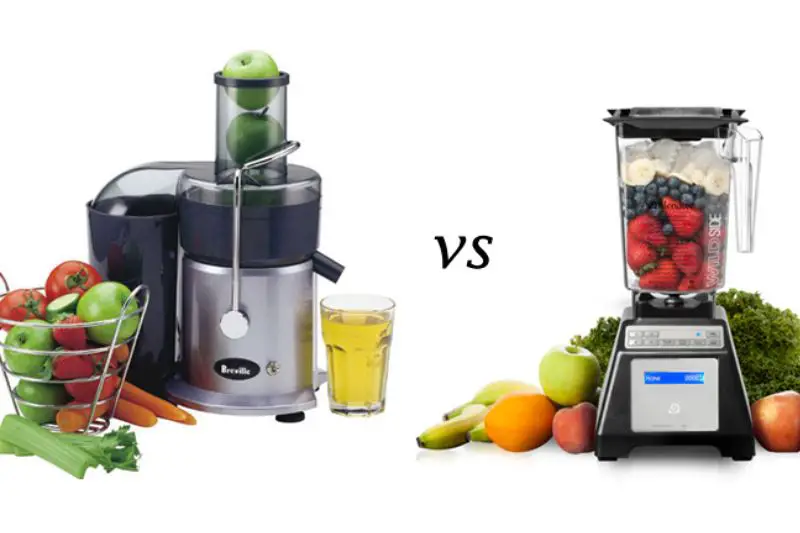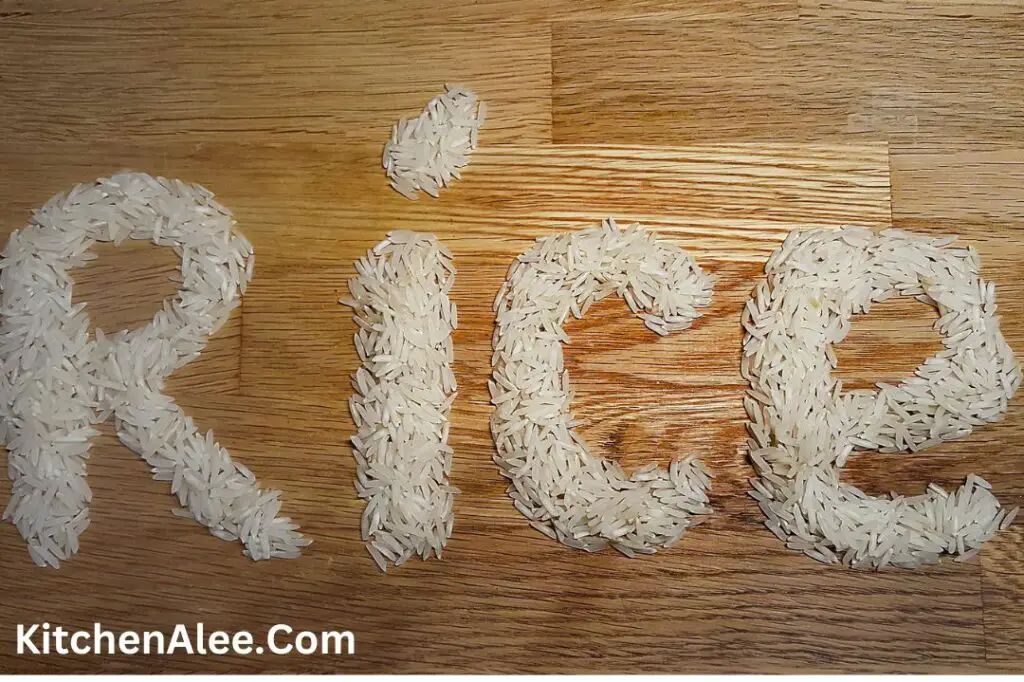How To Remove Starch From Rice? In order to remove starch from rice, it is essential to undertake a process of gelatinization.
This involves the application of heat and moisture which causes the starch granules in the rice to swell, allowing them to be more easily separated from the rest of the grains.
It is then possible to rinse with cold water, which will help reduce any remaining starch content.
Cooking delicious meals often starts with the most basic of ingredients, rice. However, when it comes time to serve, having too much starch can make for an unpleasant dish.
Rice is a staple food in many cultures around the world. It can be cooked in a variety of ways, but one thing that all types of rice have in common is starch.
There are several methods that can be used to remove starch from rice, including soaking, draining, and rinsing.
This article will provide a few simple steps on how to remove starch from your rice, ensuring that your finished product is light and fluffy.
From parboiling and washing to cold-water soaking and steaming, every method has its own advantages and disadvantages.
Is Removing Starch From Rice Healthy?
Starch can make rice sticky and slimy, so removing it is often desired.
Removing the starch helps to reduce the stickiness of the cooked rice, making it easier to prepare and eat.
Removing the starch from rice is becoming increasingly popular as a way to make it healthier.
By removing the starch, the rice has fewer calories and is considered to be lower in carbohydrates.
Removing the starch can also reduce the amount of time it takes to cook rice. While removing the starch may be beneficial for some people, it is important to note that some nutrients are removed along with the starch.
Can You Wash Starch Out Of Rice?
Yes, you can wash starch out of rice. Washing the starch out of the rice will help to reduce the amount of time it takes to cook the rice.
The starch will also be removed from the surface of the rice, making it easier to prepare.
However, washing the starch out of the rice may not be as effective as removing it through one of the other methods discussed in this article.
Does Removing Starch From Rice Reduce Carbs?
Yes, removing the starch from rice can reduce the number of carbohydrates in the rice.
By removing the starch, the rice has fewer calories and is considered to be lower in carbohydrates.
This means that it will not contain as many sugar highs and lows, making it a healthier option.
How To Remove Starch From Rice? (Simple Steps!)
Removing starch from rice is a simple process that anyone can do in the comfort of their own home. All it takes is a few simple steps and you can enjoy healthier, less-starchy rice.
With these simple steps, you can easily remove starch from your rice so you can enjoy a healthier meal.
1. Rinse Your Rice:
One of the first steps in removing starch from rice is to rinse it. Rinsing helps to remove any grain dust or other contaminants that may be on the rice.
This will also rid the rice of any excess starch that may have accumulated during storage.
2. Place the Rinsed Rice in a Large Bowl And Cover With Water:
After rinsing your rice, place it in a large bowl and cover it with water. This step will help to soak up the water and remove any excess starch.
Let the rice sit for about 30 minutes before cooking.
3. Add Warm Water to Cover the Rice:
Warm water should be added to cover the rice when it is being rinsed. This step helps to loosen any starch that may be on the rice, making it easier to remove.
4. Let the Rice Soak for 10 Minutes:
Let the rice soak for a few minutes. This technique works best when the rice is left to soak in cold water.
Allowing the rice to sit in the cold water will draw out the starch, making it easier to rinse away.
While the exact amount of time that should be left to soak may vary depending on the type of rice and the desired result, typically five to ten minutes is sufficient.
5. Drain the Rice and Repeat Step 4:
Draining the rice is an important step in removing the starch from it. It should be done by using a colander to pour the cooked rice into, allowing the water to run off.
Once the majority of the water has been removed, repeat this step until all of the excess liquid is gone.
Doing this will ensure that all of the starch is successfully removed from the rice, resulting in a lighter, fluffier texture.
6. Place the Rinsed Rice in a Steamer Bag or Metal Canner Pot:
After rinsing the rice several times until the water runs clear, place the wet rice in either a steamer bag or a metal canner pot.
The steamer bag is best as it allows for more steam to penetrate the rice and helps to soften it.
If using the metal canner pot, make sure to fill it with enough water to cover the rice. Once the lid is placed securely on top, bring the water to a boil and allow the rice to steam for up to 10 minutes.
After 10 minutes, remove from heat and drain off any remaining water. The starch should have been removed from the rice, leaving it ready for cooking.
7. Bring the Rice to a Boil Over High heat:
Bring it to a boil over high heat. This process helps to separate the starch from the rice grains and makes them less sticky.
It is important to keep stirring the rice as it boils so that it does not stick to the bottom of the pot.
Once the water has come to a boil, reduce the heat and let simmer for about 15 minutes before draining off any excess water.
8. Reduce the Heat and Simmer for 20 Minutes:
If desired, the rice can be simmered for an additional 20 minutes. Doing so will help to further remove any starch from the rice and make it more tender.
9. Remove From Heat and Allow to Rest for 15 Minutes:
After cooking, it is important to remove the rice from heat and allow it to rest for a few minutes. This will help to retain the moisture in the rice and make it more tender.
10. Add Salt To Taste:
Finally, season the rice to taste with salt before serving. This will add flavor and improve the overall texture of the dish.
How To Remove Starch From Basmati Rice?
Basmati rice is a type of long-grain white rice that is popular in India and other parts of Asia.
Basmati rice contains a high amount of starch, which makes it difficult to cook without becoming sticky.
There are several methods that can be used to remove the starch from basmati rice, including soaking, draining, and rinsing.
Benefits Of Removing Starch From Rice:
- 1: Reduce overall glycemic index of the dish.
- 2: Help to reduce calories in the dish.
- 3: Better digestion due to decreased starch content.
- 4: Increased nutrient absorption due to reduced starch content.
- 5: Decreased risk of developing type 2 diabetes and obesity due to lower glycemic index of the dish.
- 6: Improved satiety and appetite control due to lower glycemic index of the dish.
- 7: Reduced risk for hypertension, stroke, and other cardiovascular diseases due to decreased calorie intake.
Final Words: How To Remove Starch From Rice?
How To Remove Starch From Rice? These are the steps necessary to remove starch from rice.
Depending on the type of rice and how it was cooked, different steps may be necessary in order to achieve the desired outcome.
However, following these simple guidelines should help to eliminate any unwanted starch from your rice dish.
FAQs
Does Boiling Remove Starch?
No, boiling does not remove starch from rice. Boiling merely cooks the rice and causes the starch to be released.
Does Warm Water Remove Starch?
Yes, warm water can remove starch from rice. Warmed water is more effective in penetrating the rice and breaking down the starch molecules.
Does Vinegar Remove Starch?
Yes, vinegar can remove starch from rice. Vinegar is a strong acid that breaks down the starch molecule.
Does Cold Water Remove Starch?
No, cold water does not remove starch from rice. Cold water simply does not have the ability to penetrate the rice and break down the starch molecule.
Does Removing Starch From Rice Reduce Calories?
Removing the starch from rice may be a beneficial way to reduce calorie intake.
While the nutritional value of starch in rice is beneficial, it is also a source of calories.




